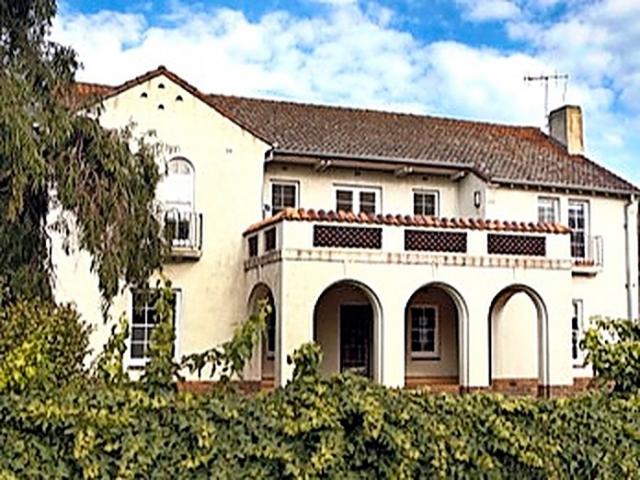By Alesha Capone
A heritage advisor has urged Wyndham council to refuse a $2.02 million proposal to use a historic Werribee building as a childcare centre.
The two-storey residence at 9-11 Synnot Street was designed by Oakley and Parkes, a Melbourne firm that also designed the Prime Minister’s Lodge in Canberra during 1926.
Known as “Muswell”, the Synnot Street building was included in a 1997 Wyndham council heritage report.
The report described Muswell as an “outstanding example” of a Spanish Mission-style residence and “one of the few examples (of this style) within the western metropolitan region”.
Muswell was built in the 1930s for farmer Claude Creed.
In August 1943, Werribee physician Dr Charles Prouse became Muswell’s new owner.
Dr Prouse lived in the house with his family, while running a small surgery out of a building at the side of the property.
Wyndham council has received a planning permit seeking permission to use Muswell as a childcare centre for up to 98 children, including the construction of 19 car parks.
Heritage advice provided to the council, by David Wixted of heritage ALLIANCE, stated: “The proposal when viewed against the Planning Scheme Guidelines for a permit can only be refused.”
Mr Wixted noted: “The proposal is substantial and affects the rear of the building, the outbuilding and the frontage in a broad manner.
“There is little that is unaffected in some manner including the fences, the paths, the façade (walled extension), the garage/fuel store and the landscape.”
However, a response to the council’s request for more information from the developer – prepared by Lovell Chen heritage planner Katherine White – states that the proposal would retain Muswell’s front façade, the main building’s “volume”, front fence, front garden setback and driveway.
“The proposed extent of demolition involves the removal of the rear ring which has no visibility from the street, the outbuilding is a later addition to the site and an internal garden wall,” the document reads.
“In terms of the overall presentation of the property and the elements which contribute to the significant of the place, as viewed from Synnot Street, are all to be retained.”







